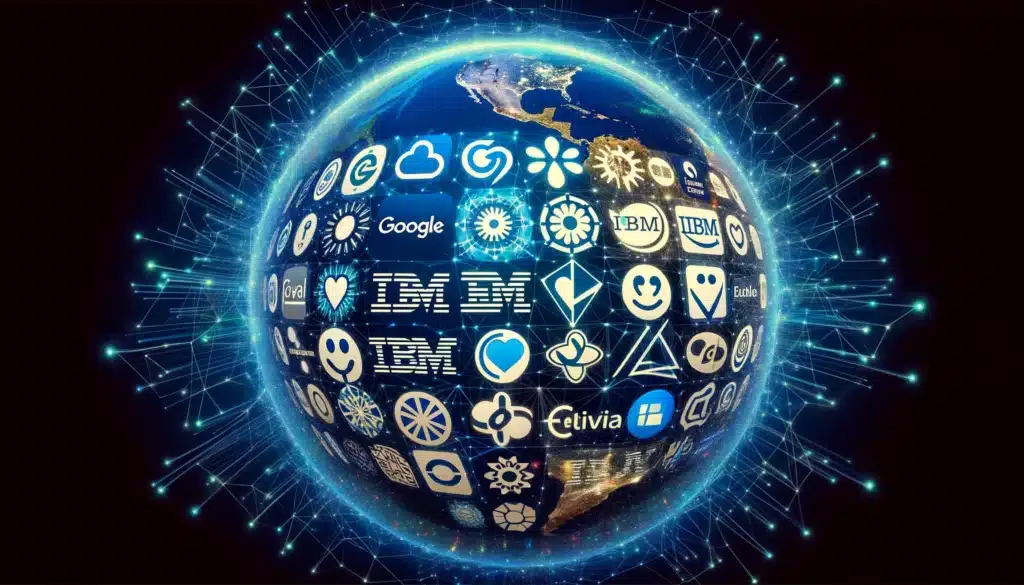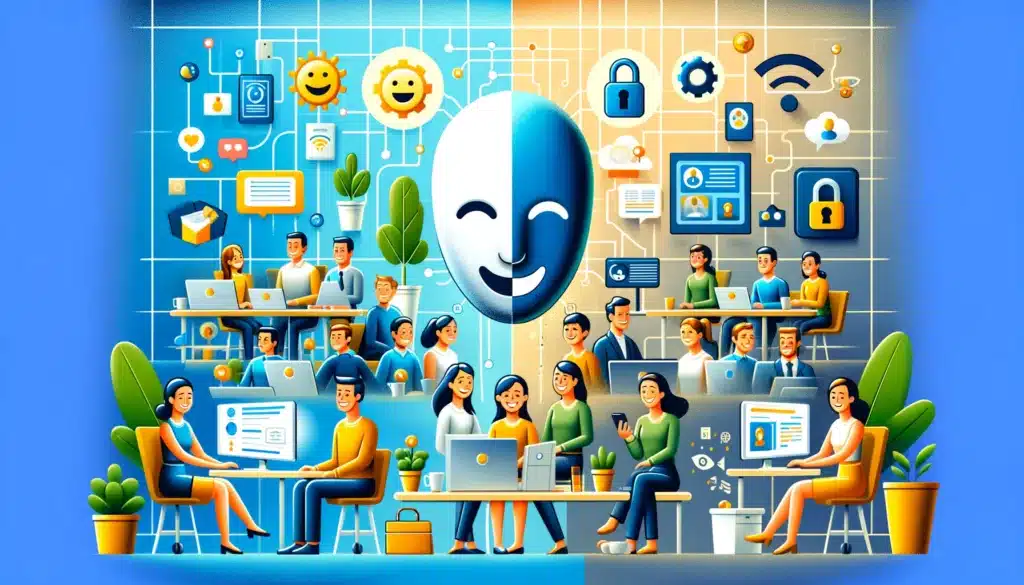Bridging the Gap Between Technology and Emotion
Understanding Emotional AI
Emotional Artificial Intelligence (AI), while seemingly complex, is actually a straightforward concept that’s becoming increasingly relevant in our daily lives. It refers to artificial intelligence systems capable of understanding, interpreting, and reacting to human emotions, making our interactions with technology more personal and intuitive. This concept and its relevance are explored in-depth in the context of its potential to enhance our daily technological interactions, as highlighted by various experts in the field. 1
The Role of Emotional AI in Smartphones


Our smartphones have evolved beyond being mere communication devices; they now serve as our companions, aiding in various tasks throughout the day. Emotional AI significantly enhances this relationship by allowing our devices to perceive and respond to our emotions, improving the user experience. Applications such as music apps that recommend songs based on mood or virtual assistants that adjust their tone according to the user’s emotional state are practical examples of this technology at work. 2
Emotional AI: The Heart of Smart Living


The concept of smart living, which utilizes technology to make our lives more comfortable and efficient, is significantly bolstered by Emotional AI. Its capacity to make interactions with technology feel more natural and intuitive is a game-changer, exemplified by smart home systems that adjust settings based on the user’s mood or health devices that suggest relaxation techniques based on stress levels. 3
Real-World Examples of Emotional AI


Emotional AI’s application spans across various sectors including customer service, marketing, healthcare, education, and gaming, demonstrating its versatility and impact:
- Brand Exposure: Studies, such as the one conducted by Realeyes on car ads, illustrate Emotional AI’s potential in analyzing and enhancing engagement with digital content. 4
- Subway Ads: The use of AdMobilize’s emotion AI analytics in Sao Paulo’s Yellow Line metro is a testament to the adaptive nature of public advertising to better engage with commuters’ emotional states. 5
- Travel Recommendations: The incorporation of Sightcorp’s emotion AI technology by Skyscanner on their Russian website showcases the personalization capabilities of AI in enhancing online experiences. 6
- Customer Service: The partnership between a European bank and Behavioral Signals exemplifies how Emotional AI can refine customer service interactions through nuanced analysis of voice and emotional cues. 7
Leading the Charge: Key Players in Emotional AI


The field boasts a wide array of contributors, from tech giants to innovative startups, each advancing Emotional AI in unique ways. Companies like Google, Microsoft, and IBM are at the forefront, alongside startups such as Affectiva and Emotient, which specialize in niche applications of emotion recognition technologies. This diverse ecosystem of players is crucial in driving innovation and shaping the future of Emotional AI. 89
The Double-Edged Sword: Benefits and Challenges of Emotional AI


Emotional AI presents a dual-faced narrative, offering the potential for more personalized technology interactions while also raising ethical concerns around privacy and data security. The debate around these challenges is vital for ensuring the responsible use of Emotional AI, balancing the benefits with the need for privacy and ethical considerations. 10
Conclusion: The Future of Emotional AI


Emotional AI is more than just a trend; it represents a shift towards technologies that can understand not just our commands but our emotions. Its integration into our daily lives promises to make interactions with technology more understanding and supportive. As we navigate the possibilities and challenges of Emotional AI, its responsible application will be key to realizing a future where technology truly understands us.
References:
[1] “Unlocking the Power of Emotional AI,” AI for Social Good.
[2] “In-Depth Guide to Emotion AI in 2024,” Next Radar.
[3] “Top 10 Emotional AI Examples & Use Cases in 2024,” AIMultiple.
[4] “Emotional AI Examples & Use Cases,” MarketingScoop.
[5] Ibid.
[6] “Emotional AI in Travel,” Skyscanner via Sightcorp.
[7] “Optimizing Customer Service with Emotional AI,” Behavioral Signals.
[8] “Leading Emotional AI Technologies,” LinkedIn.
[9] “The Future of Emotional AI,” Various Sources.
[10] “Ethical Considerations in Emotional AI,” MorphCast.
Please note, that the author may have used some AI technology to create the content on this website. But please remember, this is a general disclaimer: the author can’t take the blame for any mistakes or missing info. All the content is aimed to be helpful and informative, but it’s provided ‘as is’ with no promises of being complete, accurate, or current. For more details and the full scope of this disclaimer, check out the disclaimer page on the website.




